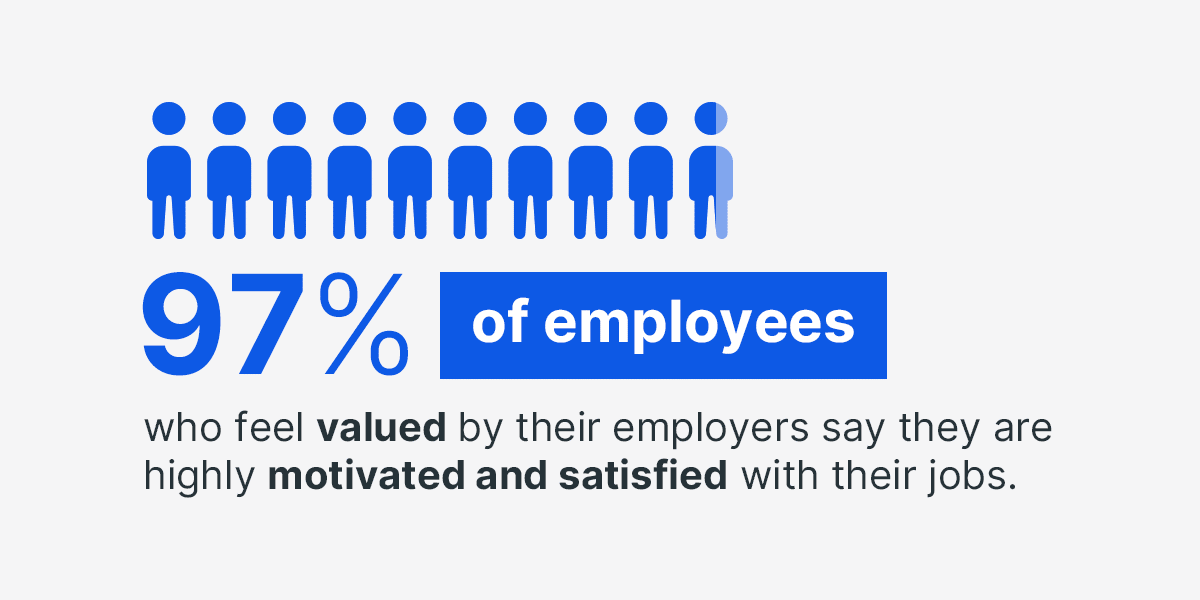The manufacturing industry has been feeling the effects of labor shortages for some time, and it shows no signs of slowing. A study from Deloitte and The Manufacturing Institute estimates that United States manufacturers will have 2.1 million open jobs by 2030. These struggles in the labor market can come from many different places, like an aging workforce and an increased need for work-life balance.
But what can employers do about it? As it turns out, there are many different strategies you can use to combat labor shortages in the manufacturing industry. Let’s take a look at what’s causing labor shortages in manufacturing and how you can overcome them.
What is Causing Labor Shortages in the Manufacturing Industry?
As with most industries, manufacturing labor shortages can come from different areas. Some of the issues identified in the study mentioned above include:
- Retirement: The older generation is retiring, and filling those roles is difficult. The type of work that attracted older generations is often different from what younger workers are looking for. Plus, wages in other roles have begun to resemble manufacturing wages, leading many to choose jobs that might offer more flexibility and work-life balance for similar pay.
- Work-life balance: Just behind income and pay, work-life balance is a top priority. Unfortunately, it’s also an area where manufacturers may fall short, leading many workers to leave the manufacturing industry.
- Talent pipelines: Many manufacturing jobs that call for skilled labor don’t offer the kind of pay that incentivizes employees to relocate. Manufacturers must instead source jobs locally and provide the right pre-employment training to build a viable local workforce.
Strategies for Managing Employee Shortages
Today’s workers want different things from their employers than they did 10 years ago. Benefits like flexibility, work-life balance, and stability have become some of the most sought-after qualities in a workplace. Employers need to deliver if they don’t want to find themselves shorthanded. Here are some strategies for managing employee shortages:
- Create a Healthy Work Environment
- Recognize Quality Work
- Attract and Retain Employees
1. Create a Healthy Work Environment
The pandemic and the “great resignation” — an ongoing trend of employees changing jobs — have caused workers to reevaluate their priorities. People want workplaces that are engaging and safe and support healthy work-life balance. Focus on fostering a healthy workplace where employees can:
- Go to work without worrying about getting sick or hurt.
- Work in positive environments that respect differences.
- Feel valued in their positions.
- Feel in control of their workday and schedule.
- Enjoy a healthy work-life balance and have time to spend with loved ones.
- Have flexibility in their schedules.
Many of these elements go hand in hand and benefit the entire workplace. For example, providing flexible and responsive scheduling tools like self-service scheduling and shift trading can help employees feel in control of their workday, avoid pressure to come into work sick, and enjoy the flexibility they need to have a strong work-life balance. Plus, supervisors can take a step back and don’t need to facilitate these tasks.
Smarter scheduling also allows you to respond to the unexpected without putting excess burden on employees. In manufacturing, you’re often at the mercy of callouts, supply chain disruptions, increased demands, and other events. If employees can adjust their schedule and supervisors can better manage labor, the company can better respond to interruptions for more efficient, low-stress operations.
2. Recognize Quality Work
In a survey from The Manufacturing Institute, a whopping 97% of employees who feel valued by their employers say they are highly motivated and satisfied with their jobs. Of employees who do not feel valued, just 45% were motivated and 30% were satisfied. Recognition programs are a popular approach to tackling labor shortages and improving worker satisfaction. These plans can help motivate workers to perform their best and stay engaged.

You might recognize employees for exceptional performance, their time with the company, and other notable accomplishments. You could focus on specific areas like innovation, safety, or growth.
Recognition doesn’t need to be costly, either. Of course, rewards like cash and gift cards are greatly appreciated, but simple “thank you” comments can go a long way. Publicizing your appreciation is also valuable, such as recognizing an employee during a meeting rather than a one-on-one conversation.
Establishing a program helps ensure consistency and adherence across departments and employees. Some areas to cover include requirements, types of awards, and frequency.
3. Attract and Retain Employees
Attracting employees is key, but retention is just as — if not more — important. The survey from The Manufacturing Institute also found that many employees stay with their employers because they have job security or stability and enjoy their work. Young employees are especially interested in training and career opportunities. About two-thirds of workers under age 25 said these opportunities motivated them to stay with their employers.
Some ways to improve employee retention include:
- Providing development and advancement opportunities: Offer routes workers can explore to continue growing in your organization. You might provide training for supervisory skills, so your technically skilled workers can move upward. Another option could be to help employees cross-train and broaden their horizons through skills in different areas.
- Focusing on key workers and skilled labor positions: In some cases, the loss of a critical employee can lead to significant shutdowns or problems throughout the workforce. Talk to employees in key positions and make sure you’re addressing their concerns to avoid losing the employees who are the hardest to replace.
- Creating a healthy work environment: Going back to our first strategy, fostering a healthy work environment can help improve employee satisfaction and keep them around.
- Offering competitive benefits and salaries: With rising inflation and an evolving workplace, make sure your compensation practices are competitive. Consider hybrid work options where possible or expanded benefits to attract and retain employees. Compare your offerings to your competitors and ensure what you have to offer is attractive.
Show off these benefits during the hiring process, too. Younger workers may think manufacturing doesn’t offer much room for growth or a safe environment. To attract more workers, show them how you tackle these ideas.
Optimize Your Labor Resources With Automated Employee Scheduling

As you cultivate the ideal work environment, focus on how today’s technology can help. At Indeavor, we’ve created a workforce management platform that’s ideal for taking control of labor demands and minimizing the effects of an employee shortage. Indeavor is trusted by major manufacturers and has delivered significant returns on investment through intelligent, optimized scheduling. Tools like fatigue management and advanced compliance also allow us to meet the unique needs of the industry.
When it comes to staffing, Indeavor offers a range of tools to give employees flexibility and control over their schedules. Workers can volunteer and swap shifts, access their schedules, and much more, while managers enjoy efficient processes and easy documentation.
Learn more about our manufacturing workforce management platform and schedule your demo today to see what Indeavor has to offer and how it can help you tackle the labor shortage.







